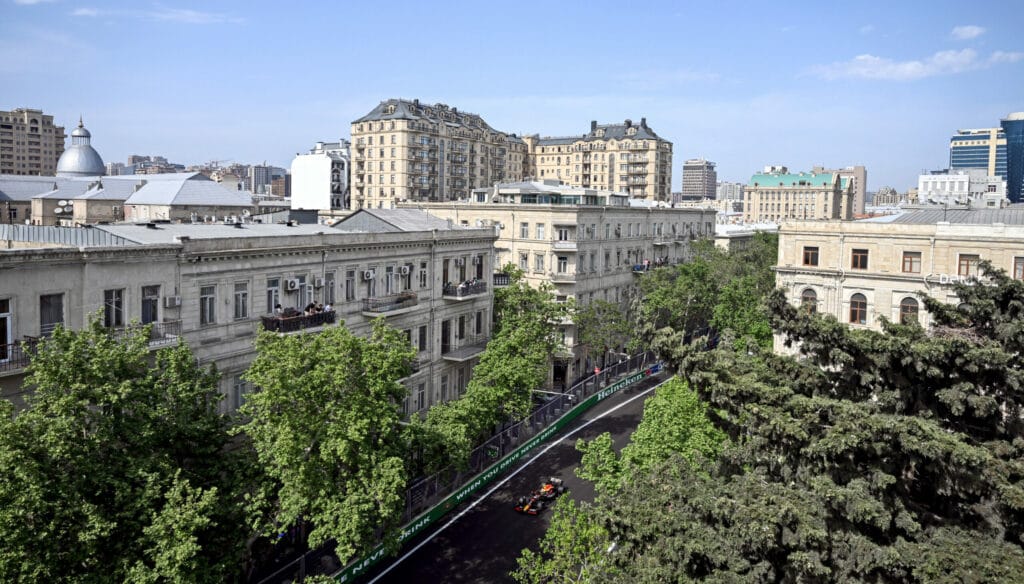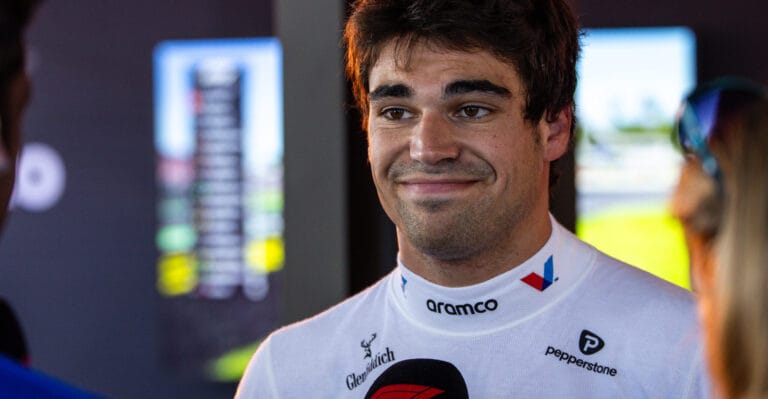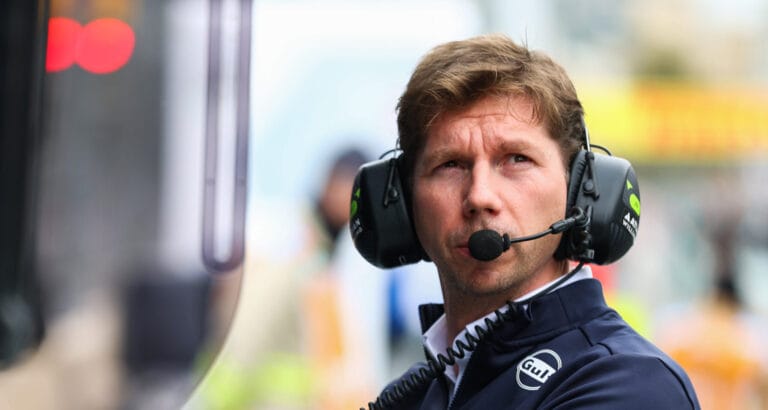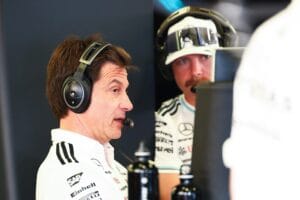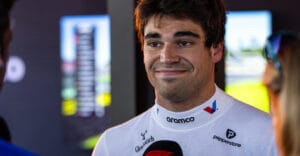The inaugural edition was a snooze-fest, but since then, the Azerbaijan Grand Prix has often been a spectacle. The Baku City Circuit is synonymous with dizzying speeds and thrills, a staple on the Formula 1 calendar. “I had a few heart-stopping moments.”
They come from far and wide to see the race cars whizz by. Not in the classic speed temple of Monza, but on the over 2-kilometer long straight stretch of asphalt in the streets of Baku, the maximum engine power of the Formula 1 cars is squeezed out. Valtteri Bottas clocked 378 kilometers per hour there in 2016, a record that still stands.
“You do get a sense of speed in Baku,” says Daniël de Jong, who drove for MP Motorsport in the GP2 Series at the very first race in Azerbaijan. “I sometimes thought: wow, this is going really fast. I think we also drove with little wing there. The bumps in the circuit make you feel the speed even more, because everything on the car slams and moves. This makes the experience very extreme. I certainly noticed it, also because of all the concrete around you.”
De Jong describes the Baku City Circuit as a unique track. “But apart from the circuit, I find the country and the city special. Baku is a bit like Hollywood: on the outside, a lot has been spruced up and the picture is beautiful, behind that it’s a mess. The Grand Prix is quite an event with a unique atmosphere, but it’s not comparable to Monaco. On the street circuit of Monte-Carlo, you can hardly overtake, in Baku I didn’t have that feeling at all.”
The Unique Challenges of the Baku Circuit
De Jong acknowledges that the layout of the circuit on the shores of the Caspian Sea plays a significant role in its difficulty. The two incredibly long straight sections invite slipstreaming and overtaking, a tactic that drivers are eager to utilize. “When you think of speed, you immediately think of Monza. But Baku surpasses that,” claims De Jong. “It’s the ultimate version of Monza. That’s what makes the track special. It’s so fast. And it’s also a street circuit… In Monza, you have runoff areas with gravel traps, in Baku, you only see concrete walls around you, and in the old city, you have a very narrow section.”
The Uniqueness of the Baku Circuit
According to De Jong, this variety is what makes the circuit so unique and beautiful. “It’s different from others: more challenging and incomparable.” The Baku track is one of extremes, with another distinguishing factor. “There’s a hill; you have to deal with quite a bit of elevation change. I find it a very varied circuit with long straight sections, 90-degree corners, faster corners, and those tight sections. I had some trouble in the first practice and qualifying. There was little grip, the car was sliding all over the place. Because it was also so fast, it didn’t inspire much confidence.”
The Perils of High-Speed Racing
Conditions improve quickly after the first sessions, De Jong has found. However, there’s always the lingering scent of danger. The Rotterdam native had a few gulp moments, as he calls them. “Although the cars are very safe these days, with those high speeds and the concrete walls, it’s tricky,” he concludes. “But that’s part of the charm of the Baku track. It’s okay to have a gulp moment now and then; it’s racing, after all. A bit of danger is part of it.”


